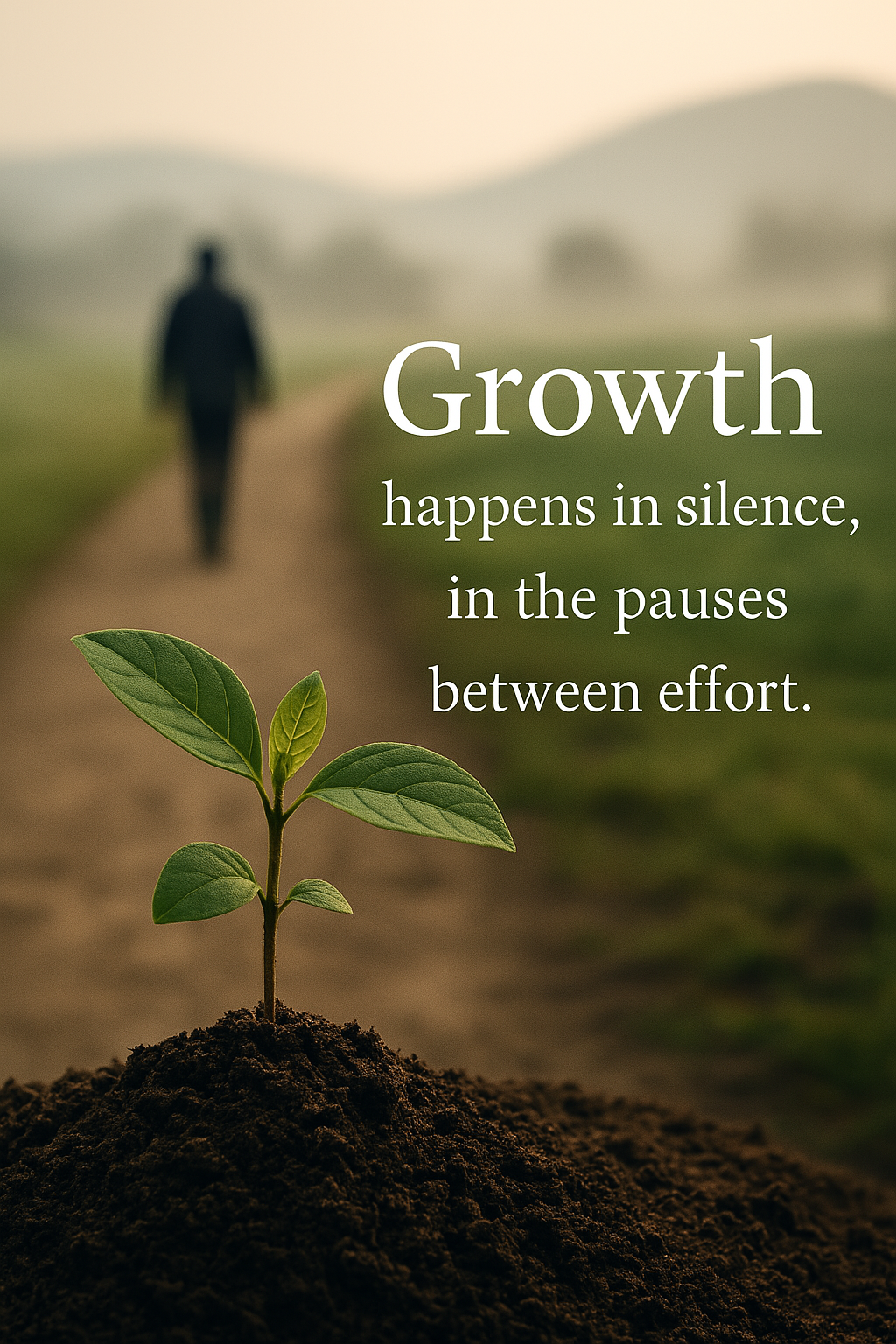Measuring Progress on Your Journey
Initially, changing your beliefs is akin to attempting to train a horse before becoming a qualified horse trainer. It involves on-the-job learning, where mistakes are inevitable. It’s like trying to surf a wave while still learning to stand on the board.
One of the core challenges in transforming the belief systems that shape your life is that you’re trying to change your beliefs at the same time as you’re learning how to change beliefs. It’s two levels of learning at once.
To make it even trickier, we’re often in a hurry for the changes to happen. That urgency makes it harder to be patient with ourselves as we develop the skills.
But keeping this in mind offers a more emotionally truthful and healthy perspective than the harsh judgment of your Inner Critic.
So, What’s a Better Way to Measure Progress?
How Often Do You Show Up to Train?
Initially, changing beliefs is a lot like going to the gym to get in shape. The most important thing isn’t how strong you are—it’s whether you show up consistently.
Build the habit. Make the practices part of your daily life. At this stage, it’s not about lifting more weight or running farther. It’s just about being there. The results come later.
This is one of the motivations behind creating the Conversations that Connect course. We built in practices of transformation and presence that could be embedded into everyday conversation, because everyone has conversations.
You may not journal every day, but you’re definitely going to talk to someone. So why not use those moments to practice and transform?
Putting Forth Effort and Failing Still Counts as a Win
I have a pull-up bar in my house. I don’t use it every day, but I keep coming back to it.
I worked up to six pull-ups, which felt like a good accomplishment. Then I hit a plateau. (I don’t say I was stuck—that word has a victim energy. Plateau just means I’m maintaining a level.)
I stayed at six for a while. Then I tried something different: I decided to fail bigger.
After six, I’d hang at the top with my chin up, arms flexed, and count to ten. Then I’d slowly lower myself down. I wasn’t getting a seventh pull-up, but I was putting in effort that strengthened everything needed for that next one.
And guess what? That’s how I eventually got to eight.
Progress doesn’t always look like more reps. Progress is often about building capacity when it doesn’t look like much is changing. I’ll share more about measuring capacity in a later post.

The Same is True for Inner Work
Your journaling, meditation, or self-reflection practices in the courses aren’t meant to give you a breakthrough every time.
They strengthen your attention, presence, perspective, faith, awareness, and personal power. You may not feel a result each time, but over time, you’re building muscles that will carry you forward.
Even at a plateau, you’re still training and getting stronger, even though the external level hasn’t changed. And that counts.
Give Yourself a Rest Day and Go Play
The whole point of changing your belief patterns is to experience more joy, connection, and freedom.
So go do things that make you happy. Seriously. Go climb a tree, jump in the pool, play with your kids, have dinner with friends, bowl, sing karaoke, do something silly.
You want to get better at joy? Practice joy. You want to get better at laughter? Laugh more.
This is part of the work, too.
There’s more to share about measuring progress and steering clear of those false narratives from your Inner Critic. But for now, start here.
Let these ideas marinate, rather than getting lost in too much information
and for practical ways to identify and change your core beliefs, start with my free Self Mastery Intro Course
